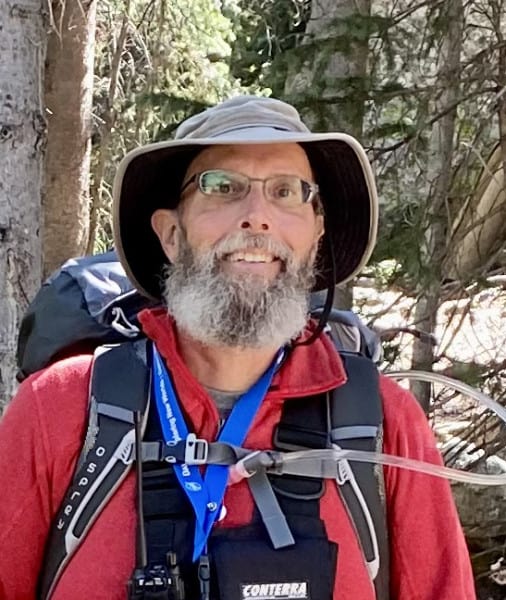PSI Personnel
Project Description
We will advance lunar geochemistry and prospects for resource utilization using data to be acquired by the Korea Pathfinder Lunar Orbiter (KPLO) Gamma Ray Spectrometer (GRS) in its extended mission, paving the way for future human and robotic exploration.
The objectives of the proposed studies are to extend elemental exploration of the KPLO mission spatially and temporally. As demonstrated during the initial tenure, the KPLO-GRS has the potential to determine the diurnal variations of the volatile elements and map radioactive and rare earth elements. The nominal mission data, limited in quantity and quality however, resulted in the larger statistical and systematic uncertainties, leading to the coarse spatial and temporal resolutions in the order of a few hundred km and a few hours in the lunar local time, respectively.
Specific aims on extension of elemental exploration, which build on the progress from the initial tenure, include:
1) Characterize transport and dispersion of volatiles by measuring temporal changes in gamma ray intensities from radon daughter products;
2) Determine the distribution of rare earth elements (REE) within the Procellarum-KREEP Terrane by directly identifying Sm and Gd;
3) Search for hydrogen at poles using the shield detector, providing it is capable of measuring neutrons; and
4) Characterize the distribution of ilmenite in search of 3He with improved mapping of Fe and Ti.
Once we successfully obtain elemental maps, we will cross-validate with elemental data sets reported by prior missions such as Lunar Prospector, Lunar Reconnaissance Orbiter, and Kaguya.
Our proposed contribution ranges from operation planning, raw data reduction, monitoring of instrument health, various data correction and calibration, spectral analyses, modeling and mapping, and geochemical interpretation, to archiving of higher-level products at NASA and/or Korean PDS. Our input will be guided by our experiences, developed during prior missions like LP, Kaguya, and Dawn. To maximize the scientific return of the mission, we intend to fully utilize KPLO-GRS’s unique energy range (30 keV-10 MeV) and accumulation of more data under various conditions in the extended mission, in addition to those acquired during the nominal mission. In particular, we will improve crucial processes in the data analysis, such as removal of the background radioactivity from the contaminants in the main detector, and temporal gain correction of the spectrum due to the change in temperature.
Our thorough participation in the mission will maximize the scientific return of the elemental observations by KPLO, as demonstrated during the initial tenure. In synergy with results from previous missions, we will expand the mission’s elemental exploration spatially and temporally, using newly acquired data from the extended missions in addition to the nominal mission data. This way, we will provide important constraints on the evolution of the Moon, guide landed missions, and support future resource utilization. Radon is a good proxy for volatiles to study their transport and dispersion on the entire lunar surface. The unique and direct measurements of H, U, rare earth elements Sm, Gd, and major rock forming elements like Fe, Ti, contribute to better understanding of lunar volcanism, volatile transport, and potential resources. The validation of the KPLO results with prior missions will significantly improve the quality and confidence in the elemental distribution to be derived. Our unique capabilities for data reduction, analysis, modeling, and archiving in PDS4 format ensure prompt availability of data and results to the lunar community. Such thorough participation and contribution in the lunar investigation can only be realized by a participating scientist program rather than work that could be supported by another NASA research program.


